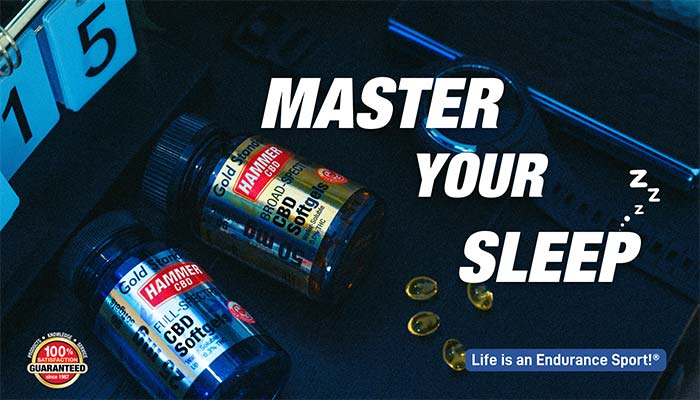
the not-so-sweet endurance fuel
By Steve Born
If you're like some athletes, you might be tempted to consider using honey as an energy fuel. "And why not?" you might ask. "Honey supplies carbohydrates, it's natural, and it's inexpensive." But while these things may be true, the fact is that honey makes a very poor energy fuel for endurance athletes, particularly in comparison to complex carbohydrates, such as maltodextrin. Here are the "highs" and "lows" of honey, and why you should save it for sweetening your tea or cornbread:
HIGH simple sugar content = LOW calorie donation
Nearly 80% of honey's makeup is in the form of simple sugars such as fructose (a.k.a. levulose), glucose, and sucrose. In order to match body fluid osmolality parameters (280 - 302 mOsm), simple sugars must be mixed in calorie-weak concentrations of only 6-8%. Any higher than that and the potential for stomach distress increases dramatically. By comparison, the maltodextrin used in Hammer Gel, HEED, and other Hammer Nutrition fuels can be mixed in 15-18% solutions and still be digested efficiently, providing significantly more calories for energy production.
HIGH fructose content increases stomach distress
More than one-third (38%) of honey is in the form of fructose, probably the poorest energy source there is. Additionally, it's estimated that 35% of people have fructose malabsorption. For those who have this digestive condition, consuming just 1-2 grams of fructose hourly is enough to cause gastrointestinal issues such as bloating, gas, and diarrhea.
LOW Glycemic Index rating
When exercising, you don't want to wait for your fuel's energy to kick in. Unfortunately, with a Glycemic Index (GI) rating ranging as low as a paltry 58 to a mediocre-at-best high of 78, honey will make you wait longer for that energy than you might like to on race day. Maltodextrin, on the other end of the spectrum, provides energy fast; it has an ideal- for-exercise GI rating that ranges from 100-136.
HIGH acidity
During exercise, you're already producing a fair amount of acid - both stomach acid and systemic acid from muscle metabolism. The last thing you want to do is consume a fuel that adds to that acid "burden." But with the pH of honey being an extremely acidic 3.9, that's exactly what you'll be doing when you consume it. The results? A much greater likelihood of stomach distress, nausea, cramping - and bonking. Maltodextrin, however, has an ideal, close-to-neutral pH of 6.5 for smooth and easy digestion, dependable energy, and the best possible results during workouts and races.
Bottom line:
If you're looking for quick-acting, high-quality, long-lasting energy during exercise, maltodextrin beats honey, hands down! HN









